The ‘70s Plastic Planar Phenomenon

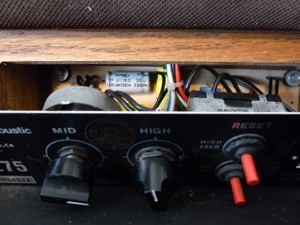

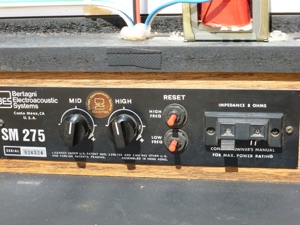
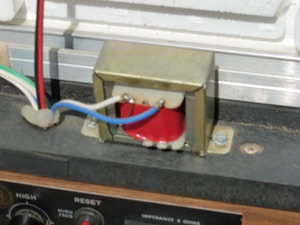

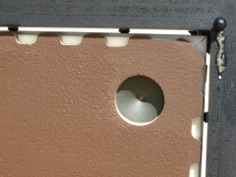
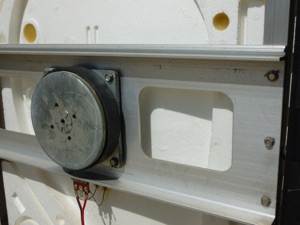
Bertagni SM-275 restoration
Friday, June 15, 2012

So after a week of futzing about, I hooked the Bertagnis up as the main speakers. Listened to some old master tapes, some HD Tracks, and some of my synthesized stuff. Wow! Do these things ever bring the performance to you! My reference for big open baffle speakers is my pair of original Quad electrostats. These image even better than the Quad 57s. Performers & instruments are solidly arrayed across the stage and don't move when I slide from one end of the sofa to the other. They are not quite as precise as Quads, having just a touch of resonance, like a bit of extra reverb - well below the music, but still there between notes. There is more bass. Wish they weren't so big - I'd leave 'em hooked up.
There were several speakers developed in the late ‘60s and early ‘70s which used polystyrene foam cones, and a few like Bertagni and Yamaha which used bending diaphragms made of the stuff. NXT has brought renewed interest in bending diaphragm speakers.
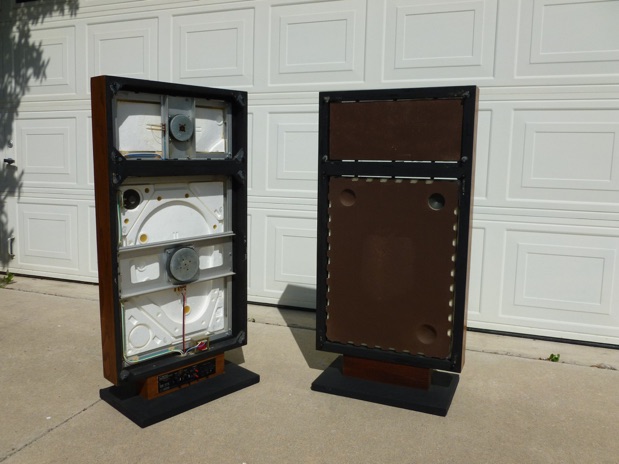
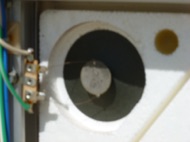
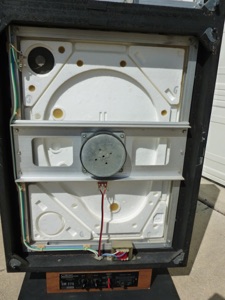
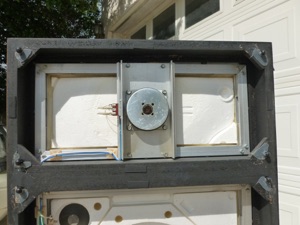
When polystyrene foam, the kind used in cheap beverage coolers, became commercially common in the late 1960s, it generated interest from loudspeaker designers for its light weight and high stiffness. Electro-Voice used it for the cone of the 30W, the massive 30” woofer beloved of rock bands and electronic church organs. E.R.A. made Poly-Planar all-plastic speakers, thin and waterproof. Here’s a pair of the 8” Roly Poly model.
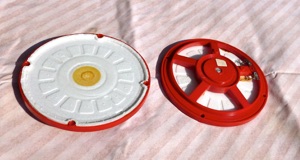
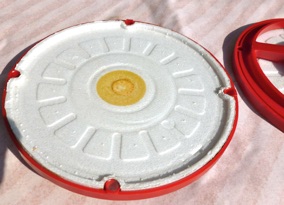
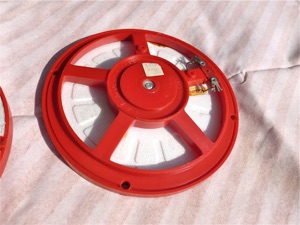
The construction is made for automated assembly. The edge gasket is molded as part of the “cone”. The price tag, $2.99 from Olson Electronics. These were one of my favorites for car stereos forty years ago. They fit in shallow spaces, they are very efficient, important with the 5 and 10 Watts per channel of car stereos of the day, and they have surprisingly good bass in unsealed enclosures like car doors.
There was a brief flurry of flat panel speakers intended to hang on the wall disguised as paintings or art. Most of them had a couple of major failings - they were prone to burn out and they sounded like garbage. Face it, a six or eight inch speaker without a baffle of any sort just sounds awful. With a conventional enclosure some of the speakers sounded OK, but were still quite limited in power handling. If placed in a regular box, the thinness which was a selling feature was lost.
The usual problem with styrene foam diaphragms is voice coil heat overcoming the glue and pulling loose. The coil is usually not vented, ie. no hole in the panel, so no air movement around the coil. In the diaphragm itself, the little styrene balls are compressed enough in the speakers I've seen to make a fairly dense foam which holds together well. The diaphragms are solidly held or glued to the frame at the edges, so the "cone" bends rather than operates as a piston. Usually thick at center and very thin at the edges. Some designs have circular grooves to break the diaphragm up. Nearly all have some sort of odd configuration arrived at by trial and error to deal with resonances which muddy the sound. So the plastic speaker sort of faded away.
There were a couple of serious attempts to tame the foam bending mode transducer, and Bertagni Electroacoustic Systems was the most serious of all. I recently bought a pair of Bertagni SM-275 speakers and set about to restore and investigate them. Refugees from the '70s - when I pulled the grilles off, the room filled with the scent of patchouli...

Under the grilles is a three-way system. A big woofer fills the bottom, a mid-tweeter the top, and a paper cone piezoelectric supertweeter sits in a corner of the woofer.
One supertweeter was out in my pair - crossover trouble. One magnet mounting bolt on one woofer was loose. One of the terminals for speaker wire was broken. Otherwise the only issues were cosmetic. A spill of paint here and there, and grille cloth that had been snagged perhaps by a kitten.
Notice the odd shape of the woofer area. Each corner is a triangle of a different shape and size. The central diaphragm is a rounded irregular shape something like an ear. When Yamaha licensed the design, they made the plastic diaphragm ear-shaped, but the rest of the square speaker was cast aluminum. We joked that they had plenty from melting down defective motorcycles. Yamaha’s speaker was a lot heavier and more solid looking than these, but my memory tells me the Yammies sounded very strange to western ears. Note also small “cups” molded into the foam here and there, some of which are filled with something that looks like beeswax. Weights? Damping material? Evidently a means of tuning the diaphragm.
New terminals installed, mid - and high - frequency level controls cleaned, and main crossover capacitors replaced, electrical refurbishment is complete.
Reviews around the web say Bertagnis sound best with big amps and that they burn out if played loud. In other words, not party / rock'n'roll speakers. Some listeners rave about them, some don’t see what the fuss is about. Sounds like the usual reception for planar speakers like ESLs and Magneplanars, no?
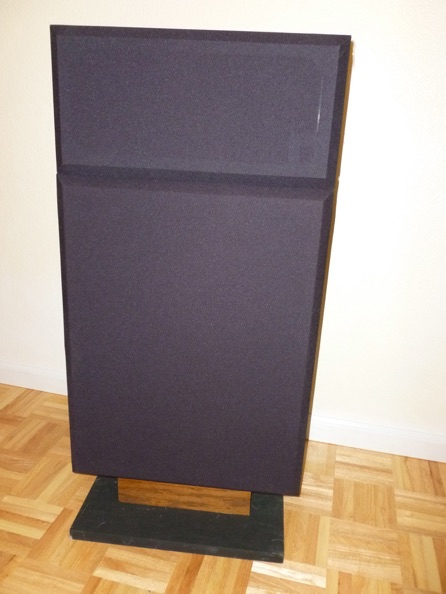
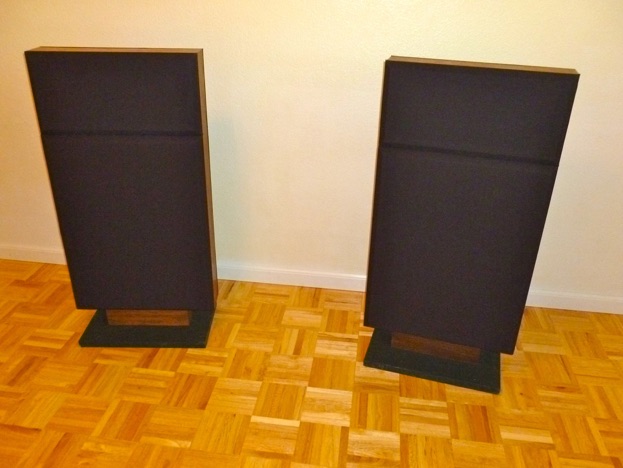
In fact, they sound so good, I may have to move enough furniture to keep them set up!
Steel wool removed the paint smears from the wood, and oil and wax restored the finish. New black grille cloth replaced the original brown for a more contemporary look.

